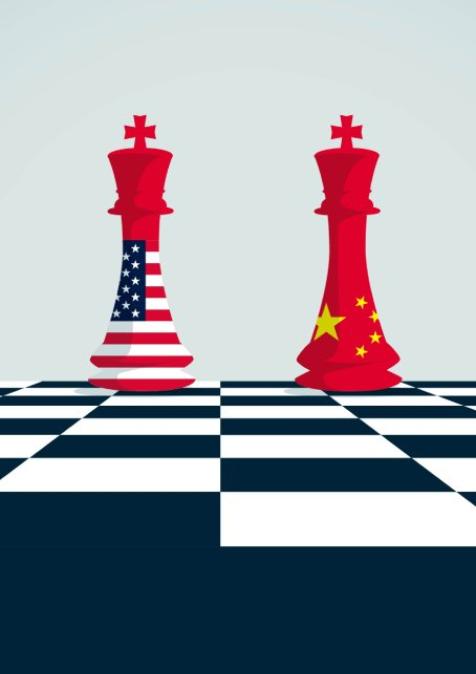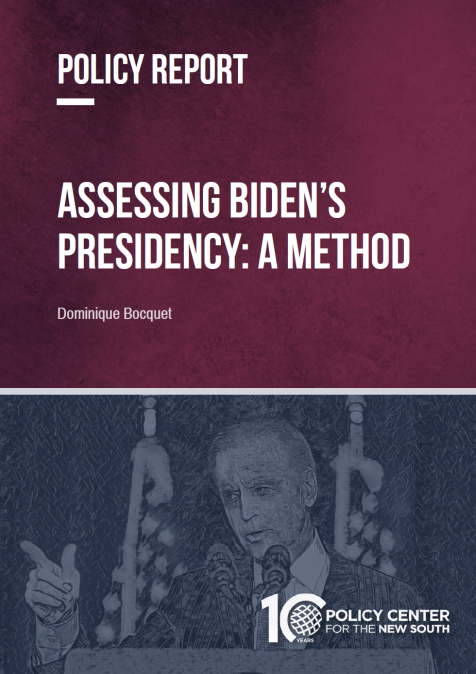Publications /
Opinion
The United States is at a critical juncture, facing a pivotal dilemma: preserving global leadership in a world it no longer fully controls. While it proclaims its primacy in the liberal international order, its actions tell a different story—one marked by tariffs, reshoring policies, and an open attempt to contain China’s rise. This strategy is driven less by long-term vision than domestic political calculus, underscoring the urgent need for strategic recalibration.
Donald Trump’s brand of economic nationalism, once dismissed as political theatre, has now transcended party lines to become a bipartisan doctrine. Joe Biden was not much different. At its core lies an effort to force American firms, long seduced by Asia’s competitive advantages, to return home. The problem? These companies will not relocate voluntarily. Labour costs remain high, infrastructure gaps persist, and tax incentives have been insufficient. Protectionist tariffs have become a blunt instrument, wielded in hopes of triggering a reindustrialisation that America is not yet prepared to support from within.
The dilemma is geoeconomic. The world is intensely interdependent. Attempts to rebuild American manufacturing through trade barriers—rather than through innovation and institutional investment—reveal a policy of reaction, not a strategy.
Meanwhile, Asia surges ahead. By 2025, the region will account for 48.6% of global GDP (PPP). Intra-Asian trade now represents over 56% of the region’s total. China dominates global trade in intermediate goods, commanding more than 41% of this segment. The Regional Comprehensive Economic Partnership (RCEP)—the world’s most significant free trade agreement—is not just an economic instrument but a geopolitical statement.
Instead, the United States continues applying policies resulting from decades of neglect, conditionality-laden diplomacy, and an outdated development vision. As nations in Africa, Latin America, and Southeast Asia explore South-South cooperation, a form of collaboration among developing countries, BRICS mechanisms, and alternative financial architectures, the United States finds itself increasingly sidelined — not out of rejection, but due to irrelevance in many of the conversations that matter to the emerging world.
Rather than adapting, the United States retreats behind walls of tariffs and suspicion. However, leadership cannot be restored by resisting the tides of change. The 21st century is being shaped in Asia — and the global centre of gravity has already shifted eastward. The United States must adapt to this new reality, embracing innovation and flexibility to maintain its leadership role.
The irony is that Washington, in attempting to contain China, is isolating itself from the very mechanisms that are redefining global governance. Protectionism may yield votes, but it also signals the intellectual exhaustion of the unipolar model, where a single country, in this case, the United States, holds significant influence and power. This exhaustion results from the changing global dynamics and the rise of other global powers.
Leadership today demands more than military alliances and nostalgia. It requires engagement, innovation, humility, and a willingness to accept that influence is earned, not imposed.
The Global South, too, must heed this shift and ensure it understands where the future is being shaped — and not attach to where the past is.
The age of containment is over. A new era of competition, cooperation, and realignment has begun. The question is whether the United States — and the West more broadly — is ready to lead in it, or content to resist it.







